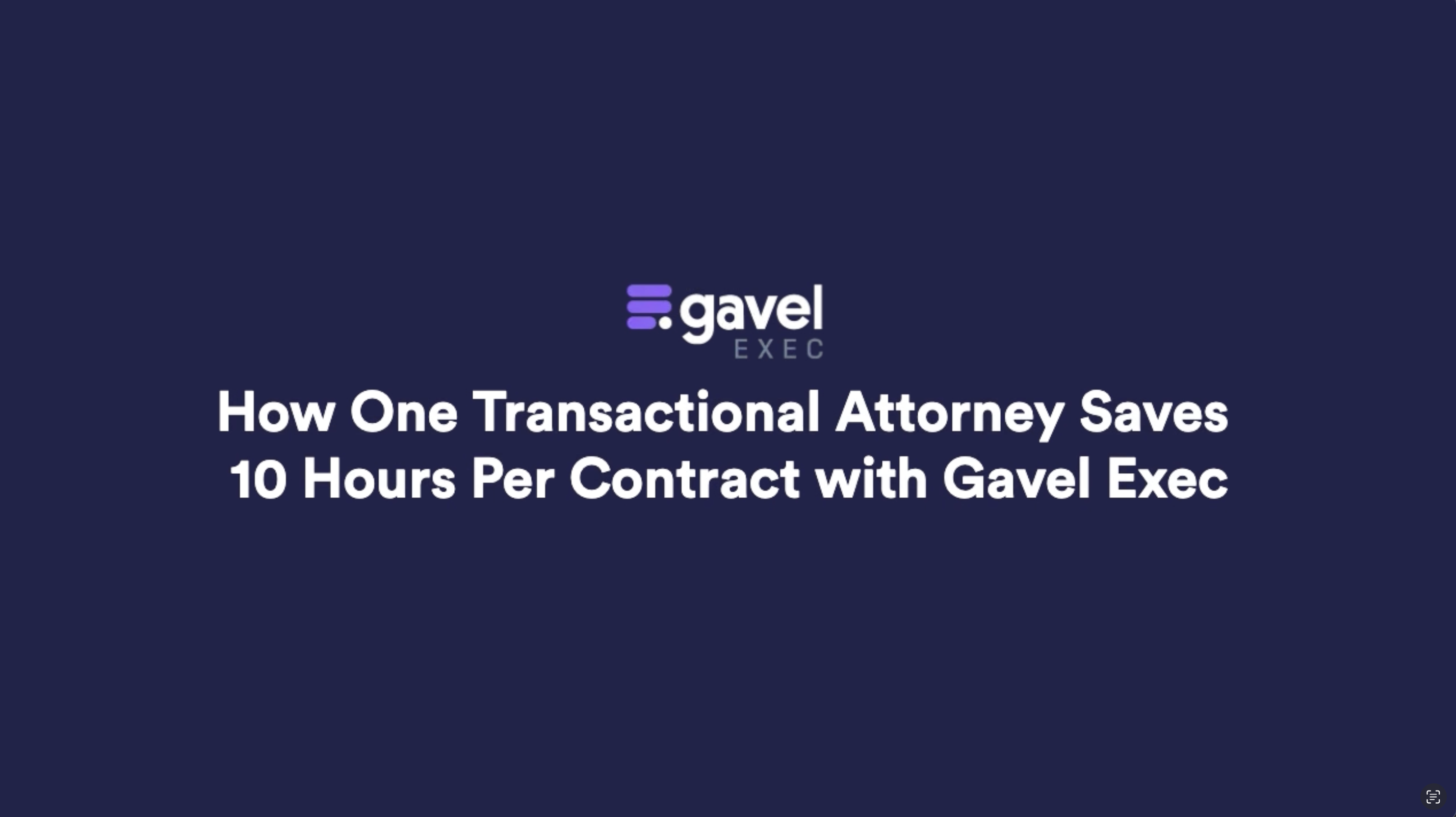Plans & Pricing
About Gavel
Careers
Product Wishlist
Subdomain Log In
Manage Account

The billable hour isn't the only way. Subscription models are hot right now. We cover the landscape of monetization options for an alternative practice.
Easy intake and document automation to auto-populate your templates.
This article explores several monetization strategies to help lawyers scale their businesses—from bespoke legal services to recurring revenue models. By monetizing legal apps, attorneys can generate passive income, allowing clients to purchase workflows, forms, and documents built through automation—even while they relax on their favorite beach.
Before developing a legal application, it's essential to assess the various service models available to determine which best aligns with your expertise and goals.
Options to monetize your legal products include:
At this stage, it's crucial to clarify your concept and determine which service model—or hybrid approach—you’ll follow. Once you've chosen a legal services delivery model, the next step is to plan the document automation process before beginning your first build.
Now, let's explore each of these alternative fee structures in more detail to understand how they can help monetize your legal apps.
A prime example of this monetization model is Cooley Go, which offers entrepreneurs free access to generate essential legal and financing documents from both desktop and mobile devices. This tool acts as a powerful lead generator, providing an entry point for clients who may later require premium legal services as their businesses grow.
Since its launch five years ago, Cooley Go has attracted 1.25 million visitors from over 160 countries, generating 3.3 million page views. The platform has facilitated the creation of more than 166,000 document packages, including over 30,000 incorporation packages and 60,000 financing-related packages. Notably, 25% of visitors return for multiple sessions, demonstrating the effectiveness of free legal software in client acquisition.
To drive traffic to your free software, consider complementing it with informational products such as blog content, checklists, manuals, newsletters, and ebooks. Additional resources like webinars and online courses can further enhance its value and engagement, strengthening its role as a lead generation tool.
This is one of the most common monetization strategies for legal apps and products. Once a document package is created through document automation, it can be made available for purchase on your website. Using a checkout cart or other payment system, clients can complete a one-time purchase for a specific document or bundled form set.
For guidance on optimizing your website for conversions, check out our article on landing pages to learn how to structure your site effectively.
Companies like LegalShield and LegalZoom have successfully implemented this model by offering monthly subscription plans for legal services. Subscription rates can vary significantly based on service complexity and target market. For instance, LegalShield and LegalZoom offer plans ranging from $10 per month to thousands of dollars, depending on the scope of legal services included.
A standout example of a subscription-based legal service is Freshlease (freshlease.com). This platform allows clients to create continuously updated leases that reflect current legal best practices and strategies. Freshlease’s subscription plan costs $250 per year, granting users unlimited lease creation, each meticulously crafted for maximum legal protection.
Subscription-based legal services provide clients with ongoing value while generating predictable recurring revenue for law firms. This model is ideal for attorneys looking to offer dynamic, continuously updated legal documents and services at a fixed monthly or annual rate.
Another effective way to monetize legal applications is through an unlimited access model, where clients can generate as many workflows as they need for a flat fee or a recurring subscription fee. A great example of this is Freshlease.com, which, as mentioned earlier, offers unlimited lease creation for a fixed annual subscription.
Clients place significant value on workflows—legal applications that guide them through a set of questions to generate documents. Many clients require multiple workflows on an ongoing basis, making the Netflix Model an attractive monetization strategy. This approach provides predictable revenue for law firms while offering clients the flexibility to generate unlimited legal documents without worrying about individual transaction costs.
This alternative fee structure monetizes legal applications while offering a wide range of pricing options. As the name suggests, this model combines software and legal services, allowing for flexible fee structures that cater to different client needs.
Clients can choose from various payment options, including installment plans, one-time payments, or subscription models. Additionally, service levels can range from pure software (DIY solutions) to hybrid options that provide varying degrees of guidance. This can include automated software-based support, human-assisted guidance, or premium plans that offer dedicated attorney time for personalized legal advice.
With endless monetization possibilities, this model appeals to a broad client base by offering affordable, scalable solutions while still allowing firms to charge premium fees for higher-touch legal support.
This monetization strategy blends technology and legal services while using incentives to encourage long-term membership retention. Under this model, recurring revenue is generated through a membership fee that grants users access to legal consultations and document services at discounted rates.
For example, LegalZoom offers members:
By structuring incentives like this, firms can increase client retention, generate steady revenue, and encourage ongoing engagement with their legal platform. This model is a powerful way to monetize legal applications while delivering ongoing value to clients.
Alternative fee structures can be further optimized by tailoring pricing variations to fit client needs. Here are a few effective strategies:
This article has explored some of the most effective monetization models for legal apps using alternative fee structures. These strategies have been proven to help legal service providers scale their businesses and transition into recurring-revenue legal tech companies.
For our comprehensive guide to alternative fee agreements in law firms, read our guide here.
%20(2).png)
We're getting great questions about using Invisible Logic (now called Calculations) in Workflow Builder 2.0, so we wanted to address the most common ones. Let's dive in!

"That's where the magic is. That's where I can save a good 10 hours. There's a day saved easily."